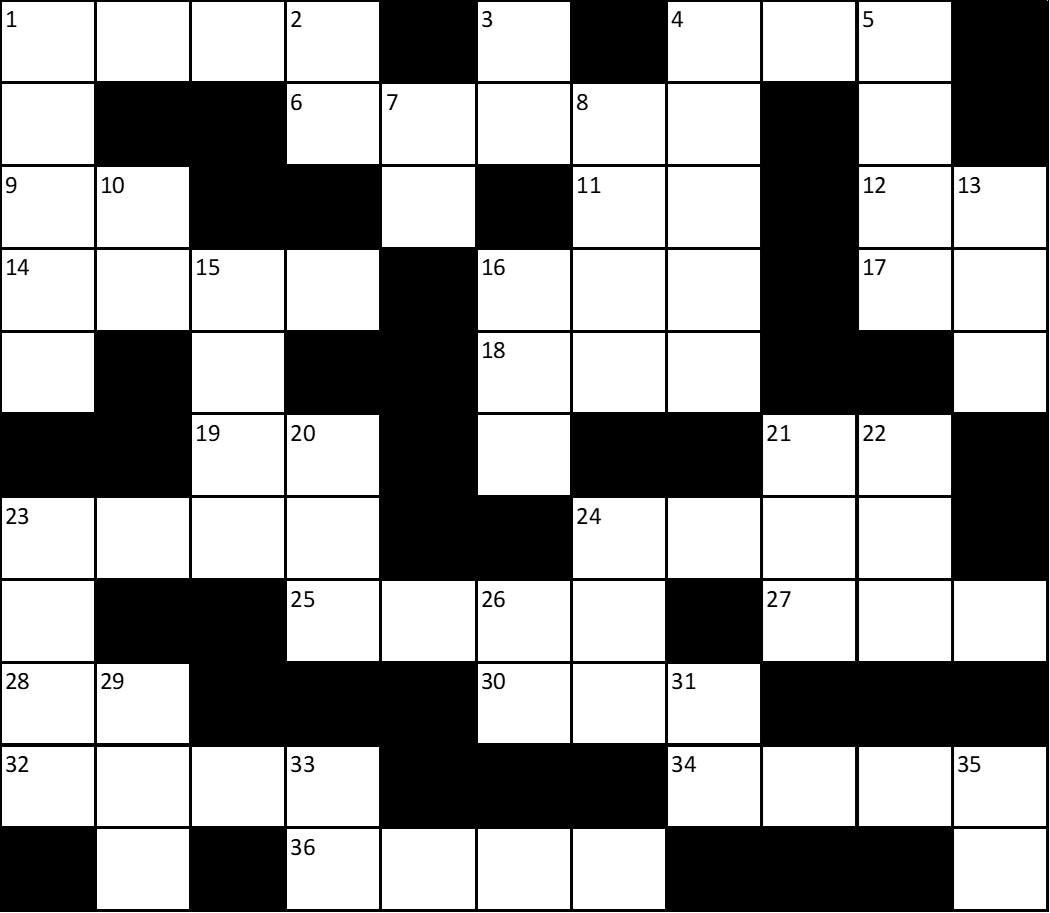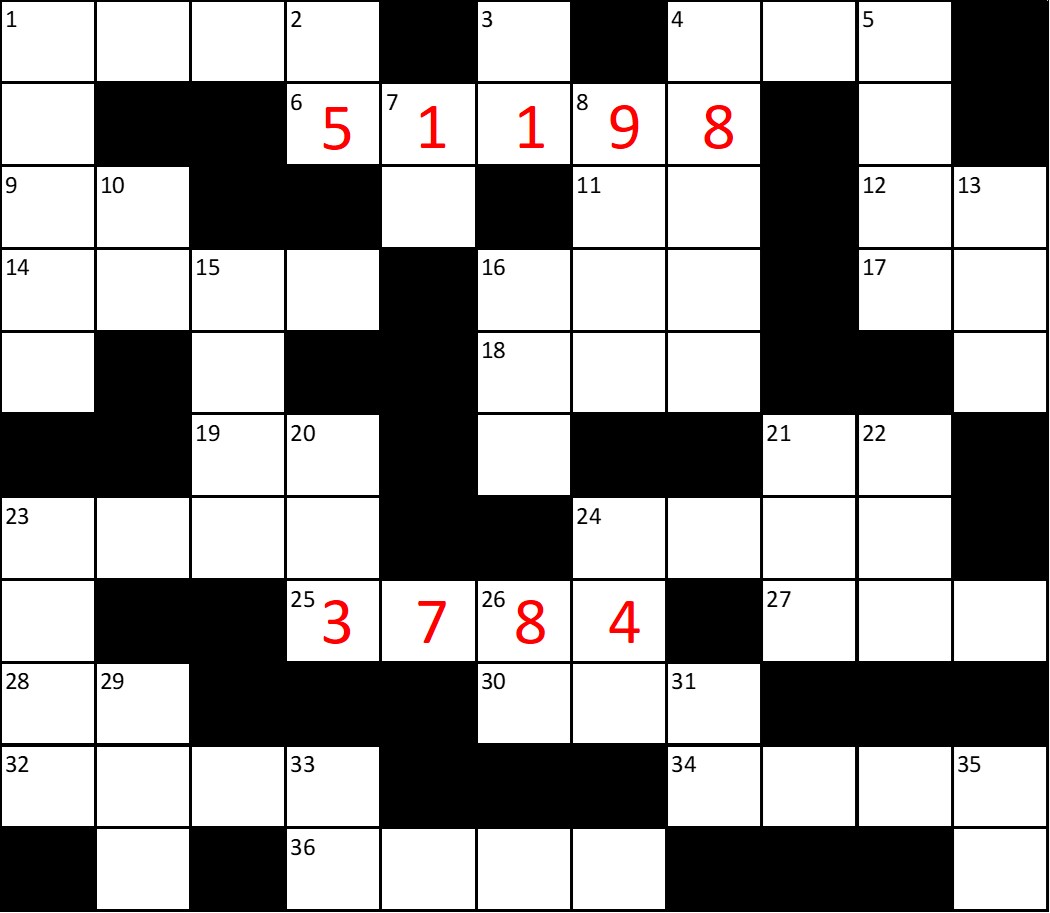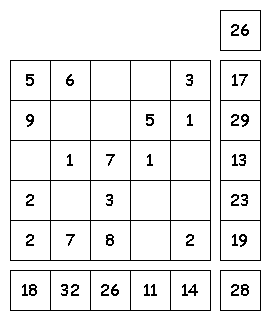

The Earth is 93 million miles from the sun.
This distance is called an Astronomical Unit (AU).
Below is a table of the planets in our solar system, their distance from the sun and the length of their years in Earth time.
| Planet | Distance from the Sun (AU) | Year length in Earth time |
|---|---|---|
| Mercury | 0.39 | 88 days |
| Venus | 0.723 | 225 days |
| Earth | 1 | 365 days |
| Mars | 1.524 | 687 days |
| Jupiter | 5.203 | 11.86 years |
| Saturn | 9.539 | 29.5 years |
| Uranus | 19.18 | 84 years |
| Neptune | 30.06 | 165 years |
Using this information, whilst assuming all orbits are circular, which planet is moving the fastest and which is the slowest?
speed = distance ÷ time.
orbit/distance = circumference = 2πr (where r = distance from the sun)
To make this more challenging, do not use a calculator.

| ACROSS | DOWN |
|---|---|
| 1. 1790 + 2686 | 1. 40433 x 1 |
| 4. 8880 ÷ 10 | 2. 94 - 29 |
| 6. 318 x 161 | 3. 14 - 3 |
| 9. 480 ÷ 10 | 4. 359 x 247 |
| 11. 1122 ÷ 17 | 5. 94 x 86 |
| 12. 415 ÷ 5 | 7. 16 - 4 |
| 14. 70 x 43 | 8. 3564 + 6061 |
| 16. 727 x 1 | 10. 32 + 48 |
| 17. 280 ÷ 7 | 13. 2464 ÷ 8 |
| 18. 936 - 283 | 15. 390 + 704 |
| 19. 36 + 63 | 16. 1087 - 319 |
| 21. 6 +12 | 20. 83 x 11 |
| 23. 5741 x 1 | 21. 281 - 82 |
| 24. 3598 -999 | 22. 356 + 535 |
| 25. 5360 - 1576 | 23. 57780 ÷ 10 |
| 27. 7304 ÷ 8 | 24. 344 - 104 |
| 28. 1584 ÷ 22 | 26. 820 ÷ 10 |
| 30. 19 x 11 | 29. 71 + 135 |
| 32. 11264 - 3218 | 31. 1683 ÷ 17 |
| 34. 3378 + 5744 | 33. 23 x 3 |
| 36. 3533 + 6361 | 35. 29 x 1 |

What is the value of one-half of two-thirds of three-quarters of four-fifths of five-sixths of six-sevenths of seven-eighths of eight-ninths of nine-tenths of one thousand?
The trick is to work backwards through this problem, so start with 9/10 of 1000.
You need to fill in the empty spaces with integers between 0 and 9.
The numbers in each row add up to the totals on the right.
The numbers in each column add up to the totals along the bottom.
The diagonal lines also add up to the totals on the right-hand corners.

Start with the rows and columns that already have four numbers.
This means the bottom row reads 2, 7, 8, 0, 2 which when added together makes 19.
So, to work out the missing number in the first column (on the left) you need to calculate 18 - (5 + 9 + 2 + 2)
Find the values of x for each of the below
Find the values of x when 3x2 - 2x = 0
Step 1: Factorise
x(3x - 2) = 0
Step 2: Solve
x = 0 or x = 2/3
Note: This method only works for the format ax2 + bx = 0. Otherwise, see below.
Find the values of x when 6x2 - 5x - 4 = 0
Step 1: Factorise
(2x + 1)(3x - 4)
Step 2: Solve
Either 2x + 1 = 0 or 3x - 4 = 0
So, x = -1/2 or x = 4/3
Note: If this didn't help, please visit the Maths is Fun website for a more in-depth tutorial.